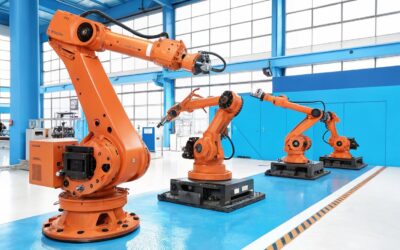Plural ➝ Soft robots
Also known as soft-bots
Noun
- A flexible robot that can adapt its shape to suit the task or environment.
- A robot that is made of compliant, or flexible materials, such as silicone, rubber, or gels to bend, twist, and deform in a way that is similar to living organisms.
Synonyms
Flexible robot, Biomimetic robot
Antonyms
Rigid robot, Hard robot
Etymology
Combination of “soft” meaning flexible and elastic, and “robot”.
The term began appearing in the scientific literature in the early 21st century in opposite to hard robot which are commonly made of rigid material like metal.
Related terms
Robot – Robotics – Biorobot – Bio-inspired robotics
Applications and use cases
Explore the whole world of soft robotics.
Questions
How are soft robots different from traditional robots?
Soft robots are different from traditional robots in that they are made of compliant, or flexible materials, such as silicone, rubber, or gels, which allows them to bend, twist, and deform in a way that is similar to living organisms. This makes them more adaptable, safe to be around humans, and suitable for soft environments.
What are some examples of soft robots?
Examples of soft robots include snake-like robots that can navigate through tight spaces, soft robotic hands that can grasp and manipulate delicate objects, and soft robots that can swim or crawl.
What are some of the advantages and disadvantages of using soft robots?
Advantages of using soft robots include their ability to adapt to different environments, flexibility and safe interaction with humans and delicate objects. However, they can be difficult to control and may lack the precision and strength of traditional robots, and their components may be more fragile and require more maintenance.



